The London Underground system, and subways the world over, are technological wonders used by millions of people daily. Yet descending beneath the surface of the earth is subconsciously regarded with unease. Travellers may mask their symptoms of anxiety by conforming to acceptable forms of social behaviour in public.
But in our own underground of the unconscious, stress and anxiety are culturally embedded.
Fear of the underground in general, not just travelling on the subway, seems to be a collective cultural anxiety.
In many societies these regions are known as the Realm of the Dead, Hades, Hell, the Underworld - a place from whence there may be no return.



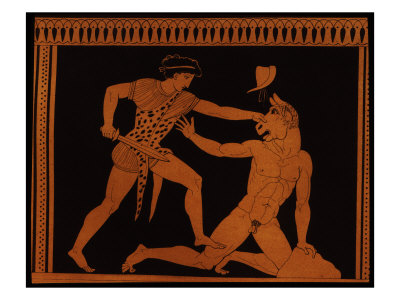
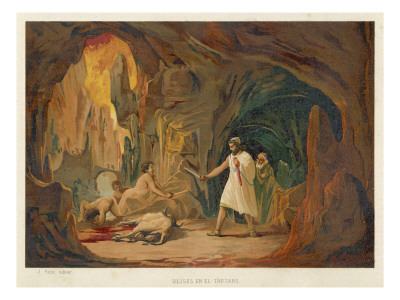
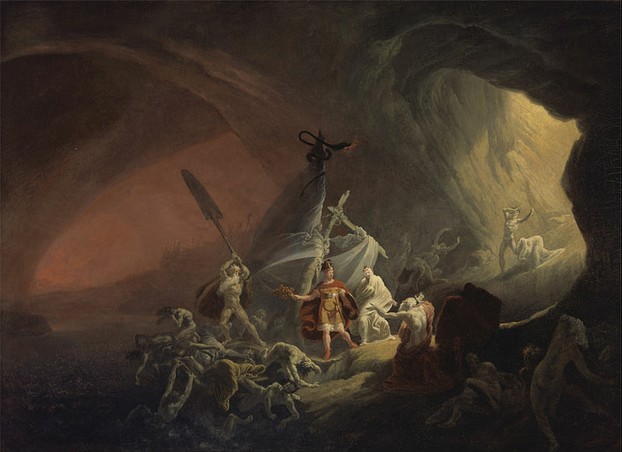



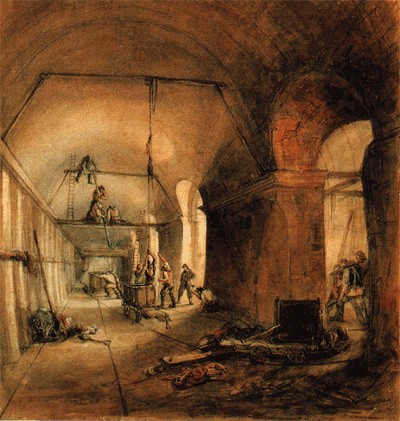
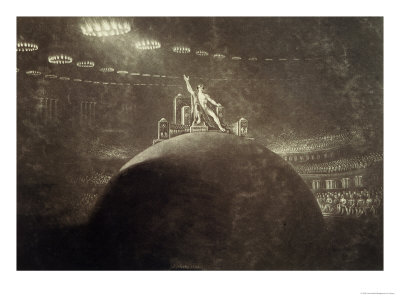
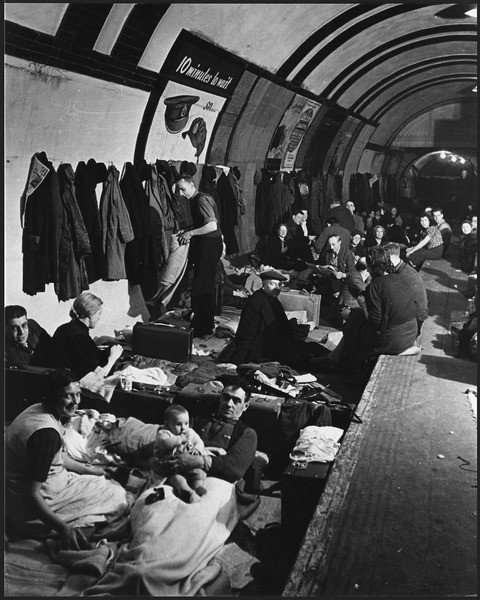



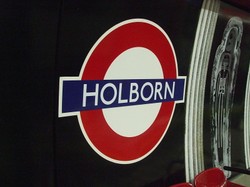

 How to Choose a Walking Cane or Stickon 08/01/2014
How to Choose a Walking Cane or Stickon 08/01/2014
 Michael Miller Fabulous Fabric Swatches for Quilting, Crafts etcon 07/02/2014
Michael Miller Fabulous Fabric Swatches for Quilting, Crafts etcon 07/02/2014
 The Drama of Life in the Rock Poolon 06/08/2014
The Drama of Life in the Rock Poolon 06/08/2014
 The Flâneur - Symbol of Modernity in 19th Century Parison 05/09/2014
The Flâneur - Symbol of Modernity in 19th Century Parison 05/09/2014

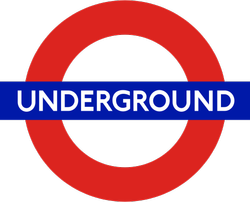
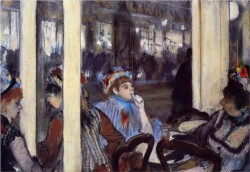
Comments
It never occurred to me that the BART system when underground in SF. Wow! Just contemplating that gives me the creeps in earthquake country!
Maggie! Gosh, going under SF Bay is very similar to how we Brits feel when going under the Channel Tunnel on the way over to Paris, Brussels etc. ! Loads of water above you.... (no earthquakes yet though). We humans are pretty amazingly adaptable - but no wonder all these myths grow up! thanks for your really interesting post!
I grew up near Los Angeles, where cars were king, and the very idea of traveling underground was heresy! Today I'm near San Francisco, and BART is a lifesaver!
I have to admit, the first time I went under the SF Bay, I nearly went in to a panic attack. The thought that all that was between me and so much water was a tube... in earthquake country... was unnerving!
Thamisgith: Be afraid....be very afraid.....
I've never worried too much about the underground - at least not until I read this!
I used to ride the Paris Metro twice a day (and I prefer it to the London Underground if I'm honest).
I'm planning to go to Paris by Eurostar sometime this year. I shall try not to think about this article too much :o)
Thanks Kimbesa! I agree, me too.
Good thing I didn't know about all this before I rode the subway for the first time...thanks!
Hello cazort - Thanks for this post. I too love public transport and have never learned to drive. Here in London the tubes are very overcrowded during the rush hour - fortunately I don't have that problem any more - but generally speaking, they are excellent. Each line seems to have it's own personality - central line bossy with a lot of responsibility, Piccadilly line rather Edwardian and chugs along, Circle line steadfast and can be sat in all day, Northern Line a bit gloomy etc. etc. I went to Moscow and the subway interiors are beautiful, but the trains and the platforms themselves were rather dark and gloomy - I preferred London! And we have some beautiful art deco stations here which are very well preserved. Yes - public transport is pretty marvellous!
The subways where I live in Philadelphia are loud and dirty so I can understand how people would be afraid of them. It was interesting though to read this and see the rather severe scope of the fears that people had!
I personally love public transportation, but I wish that some subway systems, like SEPTA in Philadelphia, or even the NYC MTA, would do a little more to make the ride quieter, cleaner, and brighter. The aesthetics of riding many subway systems aren't exactly the most warm and inviting, and I think making them more inviting could increase ridership a lot, and I think that would be a good thing since subways take cars off the road, reducing energy usage and lessening pollution and traffic congestion, making the streets quieter and safer.
Thank you inkserotica - It's great to get such lovely feedback! :)